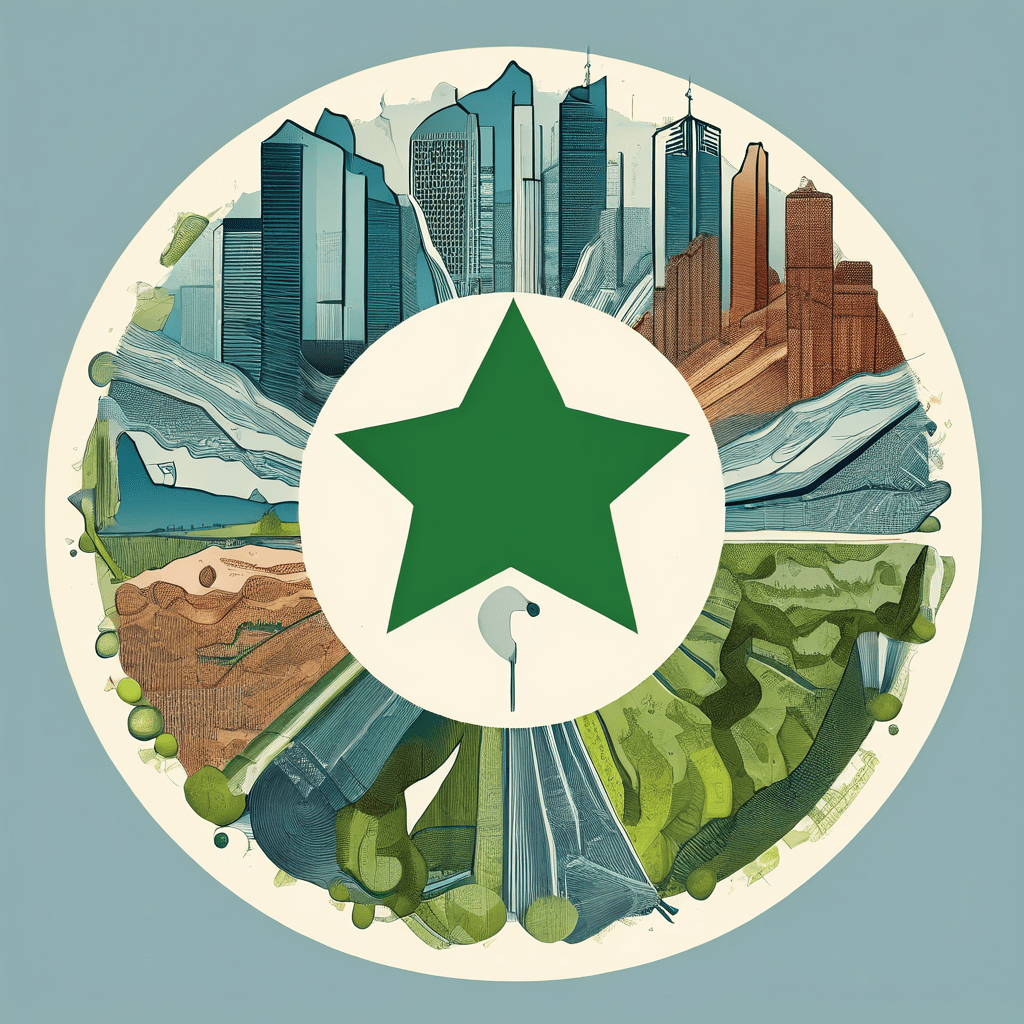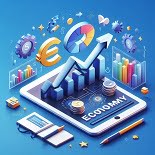Introduction to Circular Economy in Pakistan
Pakistan, a country considered extremely vulnerable to the impacts of climate change due to its geographical location, a predominantly agricultural economy, and a high population growth rate, stands at the precipice of an environmental crisis. The Global Climate Risk Index by German Watch has listed Pakistan among the top 10 countries which are most vulnerable to climate crises.
Given the dire situation, it’s time for Pakistan to adopt a sustainable and circular economy approach. By transitioning to a circular economy, Pakistan can reduce its dependence on natural resources, lower greenhouse gas emissions, and build resilience to climate change. This article explores the potential of a circular economy in Pakistan, discussing the different pathways of transitioning towards a circular economy.
What is A Circular Economy?
A circular economy is a regenerative economic system where resource input, waste, emission, and energy leakage are minimized by slowing, closing, and narrowing material and energy loops. This can be achieved through long-lasting design, maintenance, repair, reuse, remanufacturing, refurbishing, and recycling.
The Need for Circular Economy Transition in Pakistan
The linear economic model prevalent in Pakistan follows the ‘take-make-waste’ approach. This approach has resulted in severe resource shortages and environmental degradation and has pushed the country towards climate change. Adopting a circular economy model can mitigate these negative impacts by promoting sustainable production and consumption practices, reducing waste, and increasing resource efficiency.
The Potential of Circular Economy in Pakistan
The Packaging Industry
The packaging industry, including the fast-moving consumer goods (FMCG) industry, has huge potential for implementing a circular economy model. The circularity in the packaging industry can reduce waste and promote sustainable business models and practices.

Textiles
The textile industry, which is one of the largest industries in Pakistan, can greatly benefit from the circular economy model. By recycling and reusing fabric waste, the industry can not only reduce its environmental impact but also cut costs and increase efficiency. Furthermore, this approach fosters sustainability and promotes responsible resource management.
Agriculture
As an agricultural economy, Pakistan generates a large quantity of agricultural waste. The circular economy model can transform this waste into a valuable resource. For instance, biogas from buffalo and other cattle, currently wasted, can serve as a potential energy source. Additionally, crop residue, either left to decompose in open fields or burned off, can be used for various purposes. Bioplastic production or conversion into fuels for transport, heat, and electricity generation.
Challenges in Transitioning to a Circular Economy
Transitioning towards a circular economy is not without challenges. These include lack of awareness and understanding of the circular economy concept. lack of supportive policy and regulatory framework, limited access to finance for circular economy projects, and social inclusion issues.

Policy Dialogue on Circular Economy in Pakistan
The proposed objectives of the policy dialogue center around bringing together relevant stakeholders to discuss the different pathways of transitioning towards a Circular Economy in Pakistan:
- Raising awareness and building consensus among policymakers, public and private sector actors, and youth-led startups on the need for a circular economy transition.
- Exploring the potential of circular economy in different sectors, and identifying successful business models and practices.
- Identifying the challenges and opportunities in the transition towards a circular economy, focusing on social inclusion, policy landscape, and circularity.
- Encouraging public-private partnerships, innovative financing mechanisms, and knowledge-sharing platforms to accelerate the transition to a circular economy.
Conclusion
The adoption of a circular economy model in Pakistan has the potential to not only mitigate the impacts of climate change but also to boost the economy. However, this requires a concerted effort from all stakeholders, including policymakers, industry, civil society, and the public. By thinking green, acting green, and going green, we can achieve a sustainable and prosperous future for Pakistan.



2 comments
Buy Seo Proxies
January 6, 2025 at 9:22 pm
I used to be more than happy to find this internet-site.I wanted to thanks to your time for this wonderful learn!! I definitely having fun with every little bit of it and I have you bookmarked to take a look at new stuff you blog post.
Hairstyles VIP
February 25, 2025 at 6:44 pm
Thank you for sharing this article with me. It helped me a lot and I love it. http://www.hairstylesvip.com